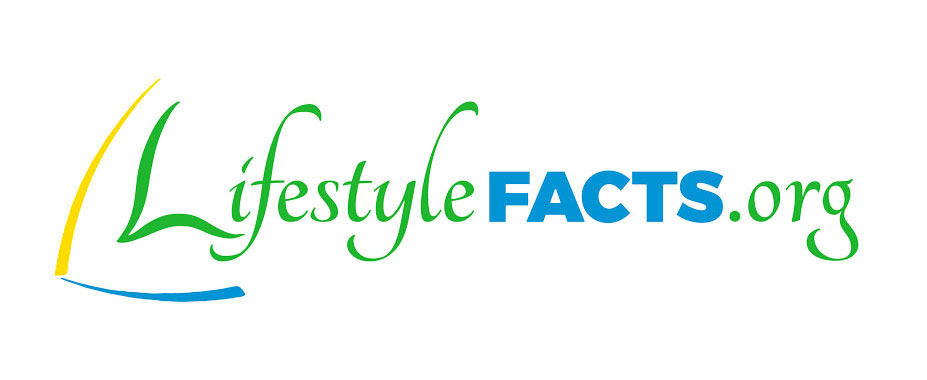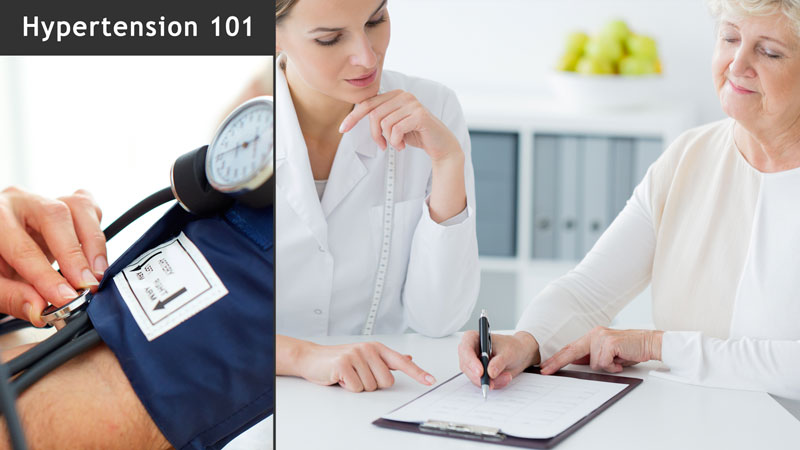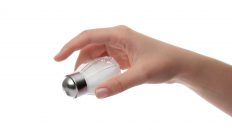By Marc Braman, MD, MPH
Marc Braman (MD, MPH):
So, new hypertension guidelines came out the end of 2017. Walk me through the guidelines doc, what do I need to know?
Well first of all this is kind of a big deal for high blood pressure. This was a huge project, it was done with nine or 10 professional organizations, a panel of 21 scientists and experts, covering over 900 studies. Now there’s not actually too much that’s truly new or we didn’t somehow know before, but there’s more detail, there’s clarification, there’s tweaks. So we’re going to run through those highlights. Other sessions, we’ll get into the lifestyle specific components and what you can od with that.
Now, with the new guidelines, almost half of adults in America will be considered to have some form of high blood pressure problem. That’s kind of a big deal, we had a lot already. Now the greatest impact is going to be among younger people because they’re getting flagged earlier for having some kind of issue with blood pressure.
For men under age 45 it’s going to triple, the number of them that have blood pressure issues. For women under 45 it’s going to about double it. Now, part of what I see as good news is, it’s not going to change how much medication is prescribed for the most part. So then, why are we doing the guidelines? What do we need to change things for if it’s not going to change care? It actually will. What the data actually shows is that your risk starts going up when the numbers start climbing above 120/80. These new guidelines reflect more accurately that actual reality.
There’s an earlier identification of when things are starting to go off the rails, before the guidelines just kind of let you go off the rails for a while and then, oh wow, we have a problem. Now part of what I really like is they bring out some really important points that are very, very practical and that I deal with all the time in seeing patients.
One, proper technique is really, really important for taking an accurate blood pressure. We need real physiology, not a messed up number because we didn’t do things right. We want to deal with actual blood pressure, not poorly measured blood pressure.
Number two, also along these lines, home monitoring with quality devices. We get a little bit more into that later, but again, we need to know what your actually running, most of the time. Not just in the doctors office. You need to be the master of your physiology, you need to understand things like, how your blood pressure varies by time of day and so forth.
Appropriate training of health care providers, in other words, things like white coat hypertension. Now this is a very real phenomenon, we don’t want to depend on just these numbers we get in the clinic and base our treatment on them when they’re not the norm for that person.
Another note, people often need multiple medications to get the blood pressure down to the target numbers. So, just realistic expectations if you’re going to be on medication, and they’re finding that getting these pills down into one pill, even if it’s multiple ingredients, get people taking them more consistently.
Another thing I think is important is an acknowledgement that socioeconomic status, in other words your physical environment, how much money you have, how much social support is really important, and the psychosocial stress, these two things, socioeconomic status, psychosocial stress are risk factors and need to be factored into care plans. Again, this whole person concept, love it, getting practical.
Part of this, it’s really important that in the process of evaluation of treatment that causation is considered and a proper process is gone through. Medical conditions like sleep apnea, substances, habits, alcohol, prescription medications, find out what may be driving and causing is a fundamental part of assessment. Now, give me the numbers doc, what do I need to know?
So here are the new cut points, healthy is anything below 120 on the top, and below 80 on the bottom. What I think of as sort of the yellow warning light is the 120-130, while on the bottom you’re still below 80. This is part of the new flag, hey there’s something going on, things are starting to head off the rails, pay attention, engage. 130-140 on top, over 80-90 on the bottom, is the new stage one hypertension. Now I think of this sort of as the orange zone if you will. You might need medication.
Then, 140 and above on the top and greater than 90 on the bottom, the numbers we’re used to, is the new stage two, or the red zone. No one should stay in this zone with accurate numbers and should use medication if needed to help bring that down. Now there had been some controversy before as to risk versus benefit in different groups of people in the 140-160 range, they’re not getting into that. They’re saying, here’s the line for everyone, again, it should be individually applied.
So let’s talk about this orange zone. Here’s where things vary for different people. If you have a certain kind of known disease, or at high risk of certain significant diseases, your targets change. So if you have these conditions, your goal is to get out of the orange zone, meaning below. For otherwise healthy people the goal is to get out of the red zone, below that 140/90, to minimize your risk of heart disease and strokes in particular.
One thing that I really appreciate, the new guidelines make a point that non drug, translate that, lifestyle, approaches need to be number one. They need to be foundational. Any kind of high blood pressure, or encouraged even if you’re normal, should be keep the system running well. Base your treatment plan on treating the cause.
2017 ACC/AHA/AAPA/ABC/ACPM/AGS/APhA/ASH/ASPC/NMA/PCNA guideline for the prevention, detection, evaluation, and management of high blood pressure in adults: a report of the American College of Cardiology/American Heart Association Task Force on Clinical Practice Guidelines. Whelton PK, Carey RM, Aronow WS, Casey DE Jr, Collins KJ, Dennison Himmelfarb C, et al. Hypertension, 2017.





